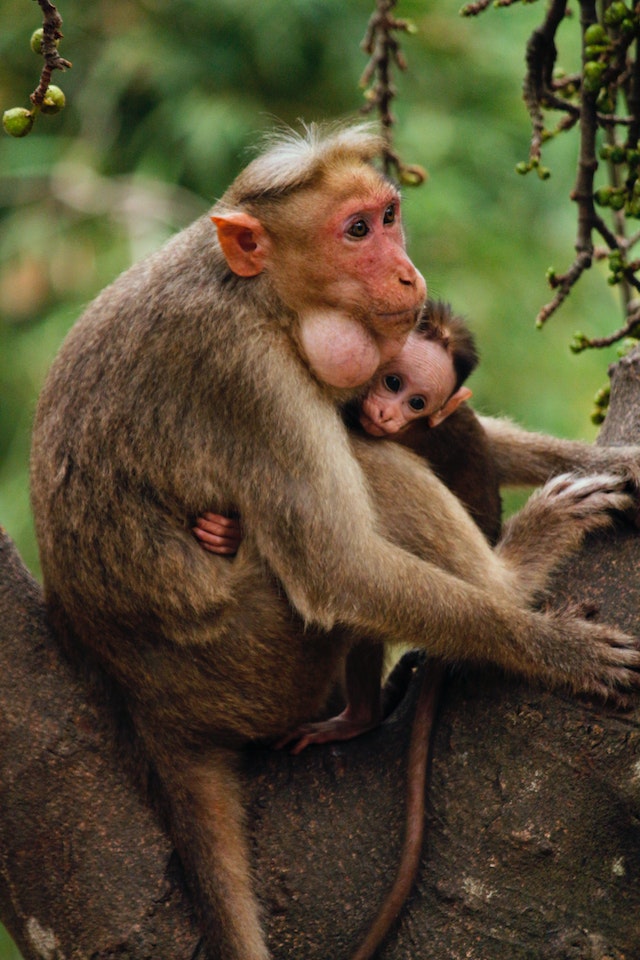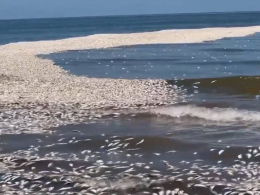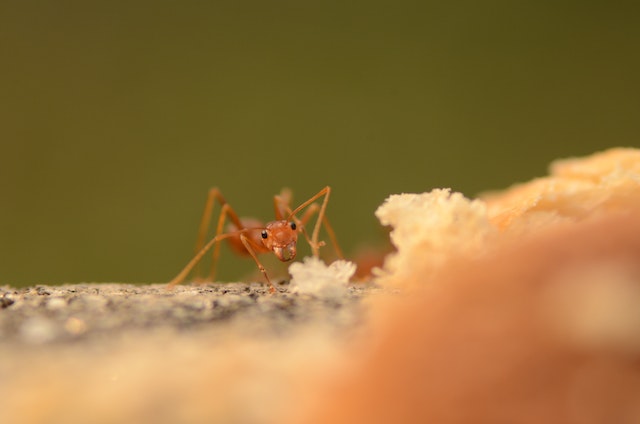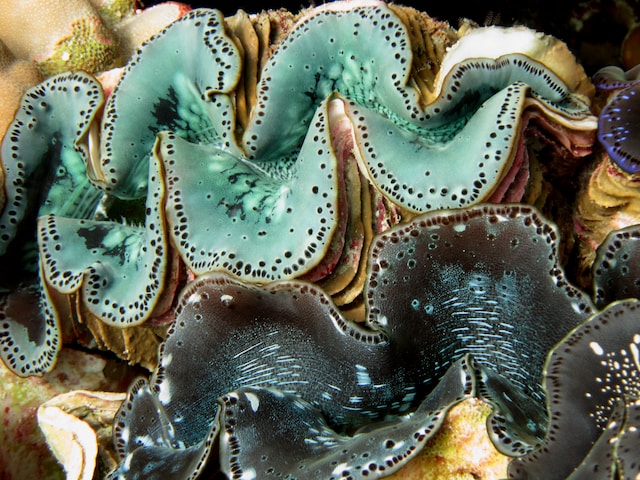During quarantine, when human activities were restricted and people spent more time indoors, there was a noticeable increase in wildlife sightings in various locations. This silver lining of quarantine provided unique opportunities for people to connect with nature and observe the beauty of wildlife in their surroundings. Here are some reasons behind the increase in wildlife sightings during quarantine:
1. Reduced Human Activity: With fewer cars on the roads, decreased outdoor recreation, and limited human movement, wildlife felt more comfortable venturing into areas that were typically occupied by humans. The reduced human activity created a quieter and less disturbed environment, allowing wildlife to explore and move around more freely.
2. Habitat Encroachment: As humans stayed indoors, wildlife had the chance to explore areas that were previously heavily frequented by people. This included urban parks, gardens, and suburban neighborhoods. With less disturbance and more vacant spaces, wildlife had the opportunity to expand their territories and utilize new habitats.
3. Behavioral Changes: Some wildlife species adjusted their behavior patterns in response to reduced human activity. Nocturnal animals, for example, might have been observed during daylight hours, taking advantage of the quieter environment. Animals that typically avoided certain areas due to human presence might have explored new territories or ventured closer to human settlements.
4. Wildlife Adaptation: Wildlife is known for its adaptability, and during quarantine, animals might have quickly learned to navigate and take advantage of the newly available resources. For example, animals that primarily depended on human-provided food, such as urban scavengers, might have adapted to alternative food sources or foraged more in natural habitats.
5. Increased Awareness and Observation: With more people spending time at home and in their local surroundings, there was a heightened awareness of nature and wildlife. People had the opportunity to observe and appreciate the wildlife in their immediate vicinity, leading to more reported sightings. Additionally, the use of social media platforms allowed individuals to share their wildlife encounters, further spreading awareness and excitement.
6. Environmental Healing: The reduced human activity during quarantine also had positive impacts on the environment. Cleaner air, decreased noise pollution, and improved water quality could have led to better conditions for wildlife to thrive. As ecosystems experienced a temporary respite from human impacts, wildlife populations may have flourished in response.
It’s important to note that the increase in wildlife sightings during quarantine was context-specific and varied across different locations and species. As human activities gradually resumed, the patterns of wildlife sightings might have shifted back to pre-quarantine levels. Nonetheless, this unique period highlighted the resilience of wildlife and the potential for coexistence between humans and the natural world. It served as a reminder of the beauty and importance of wildlife and reinforced the importance of conservation efforts to protect and preserve these precious ecosystems and their inhabitants.











